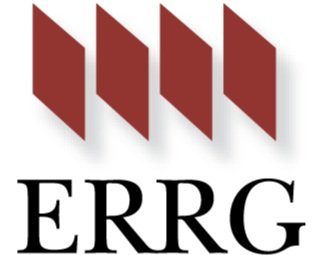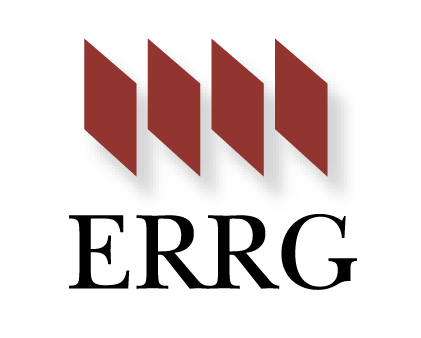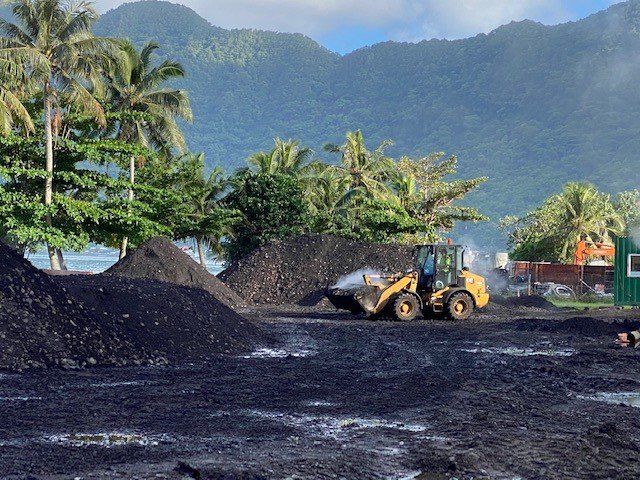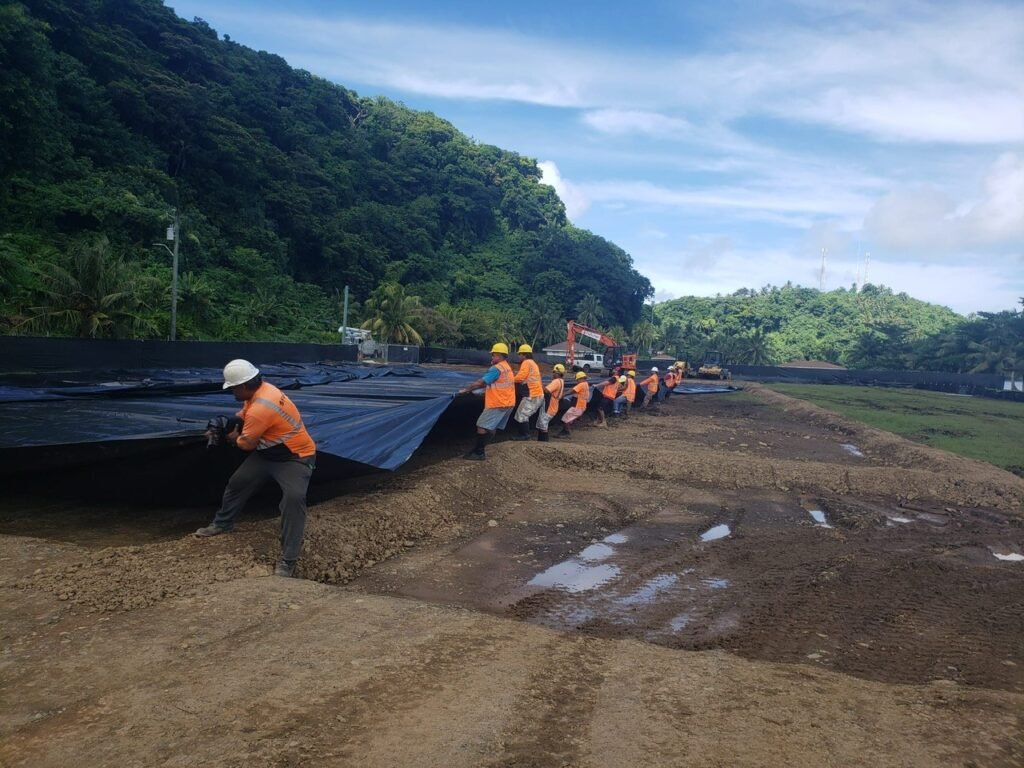Petroleum-Contaminated Soil Removal at the Former Aua Fuel Farm
Aua, Island of Tutuila, American Samoa
U.S. Army Corps of Engineers contracted ERRG to remove, thermally treat (ex situ), and reuse petroleum-contaminated soil at the former Aua Fuel Farm in Aua Village, American Samoa. The Navy historically used the site for bulk fuel oil storage and distribution to support Naval Station Tutuila during World War II.
ERRG excavated and thermally treated 8,197 cubic yards of petroleum-contaminated soil at nine different tank sites. Following screening, contaminated soil was heated to approximately 650°F in the primary treatment unit to ensure all fuel farm-related contaminants were removed. In total, 15,887.2 tons of material was treated. The treated soil was used to backfill the excavation sites.
ERRG collected groundwater, surface water, and sediment samples for laboratory analysis of COCs (TPH-DRO, TPH-RRO, PAHs) and lead. A single COC was detected in one surface soil sample. COCs were not present in groundwater or surface water. Limited detections of COCs were identified in sediment. However, because the tanks were buried under approximately 3 feet of imported fill at the time of closure, detections of COCs were not attributable to operation of the Aua Fuel Farm.
Two hundred and twenty-five gallons of free product-impacted groundwater was removed and disposed of at an off-island facility. In total, 771.4 pounds of ORC Advanced® (an oxygen-releasing compound designed to enhance the in-situ aerobic bioremediation of petroleum hydrocarbons) was applied to groundwater to enhance the in-situ aerobic bioremediation of residual free product.




